Explore the Caprine World – Open a ‘Goat-tastic’ New Tab!
1. Origin of the Markhor
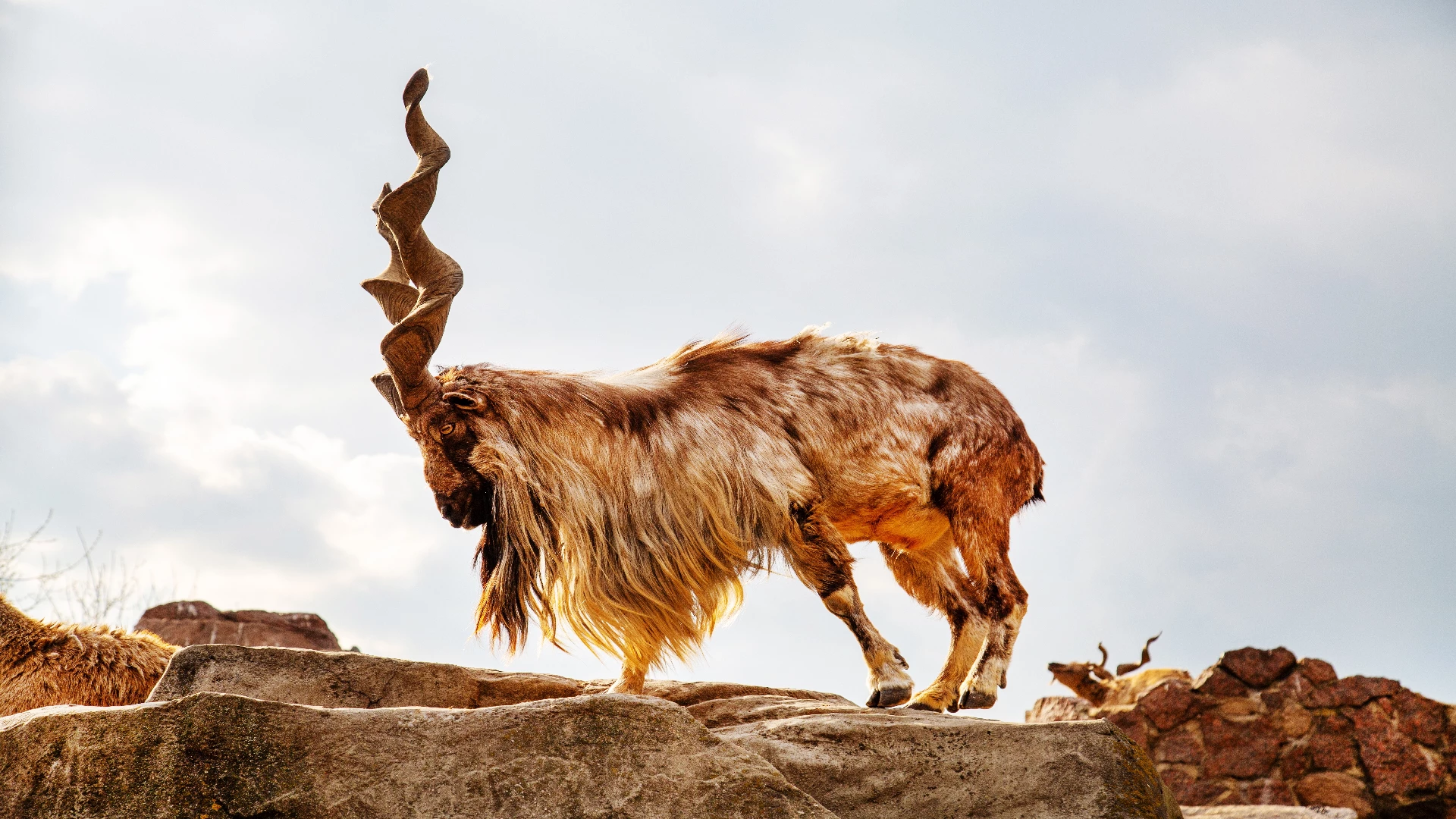 The name “Markhor” originates from Persian, meaning “snake eater,” a tribute to its ability to confront snakes. Known scientifically as Capra falconeri, this majestic creature roams the steep and rocky landscapes of Central and South Asia. With its distinctive corkscrew-like horns that can grow up to an impressive 5 feet in length, the Markhor is an iconic sight in the mountains.
The name “Markhor” originates from Persian, meaning “snake eater,” a tribute to its ability to confront snakes. Known scientifically as Capra falconeri, this majestic creature roams the steep and rocky landscapes of Central and South Asia. With its distinctive corkscrew-like horns that can grow up to an impressive 5 feet in length, the Markhor is an iconic sight in the mountains.
2. Natural Habitat and Adaptations
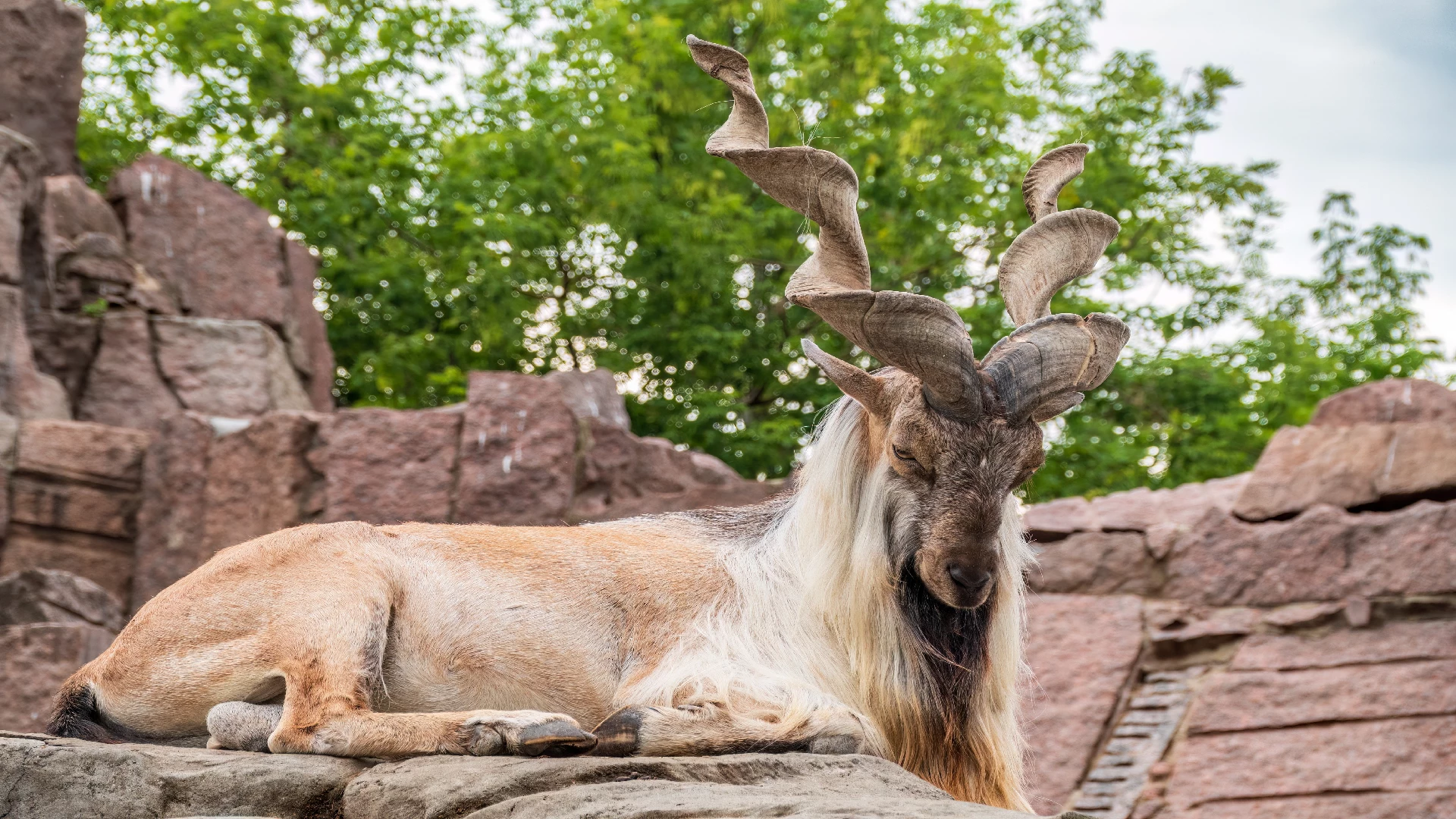 These splendid creatures predominantly inhabit the steep and rocky terrain, including high-altitude forests, where their fur provides excellent camouflage. Their agility in navigating these harsh landscapes is remarkable, owing to their keen sense of balance and powerful legs.
These splendid creatures predominantly inhabit the steep and rocky terrain, including high-altitude forests, where their fur provides excellent camouflage. Their agility in navigating these harsh landscapes is remarkable, owing to their keen sense of balance and powerful legs.
3. Unique Physical Characteristics
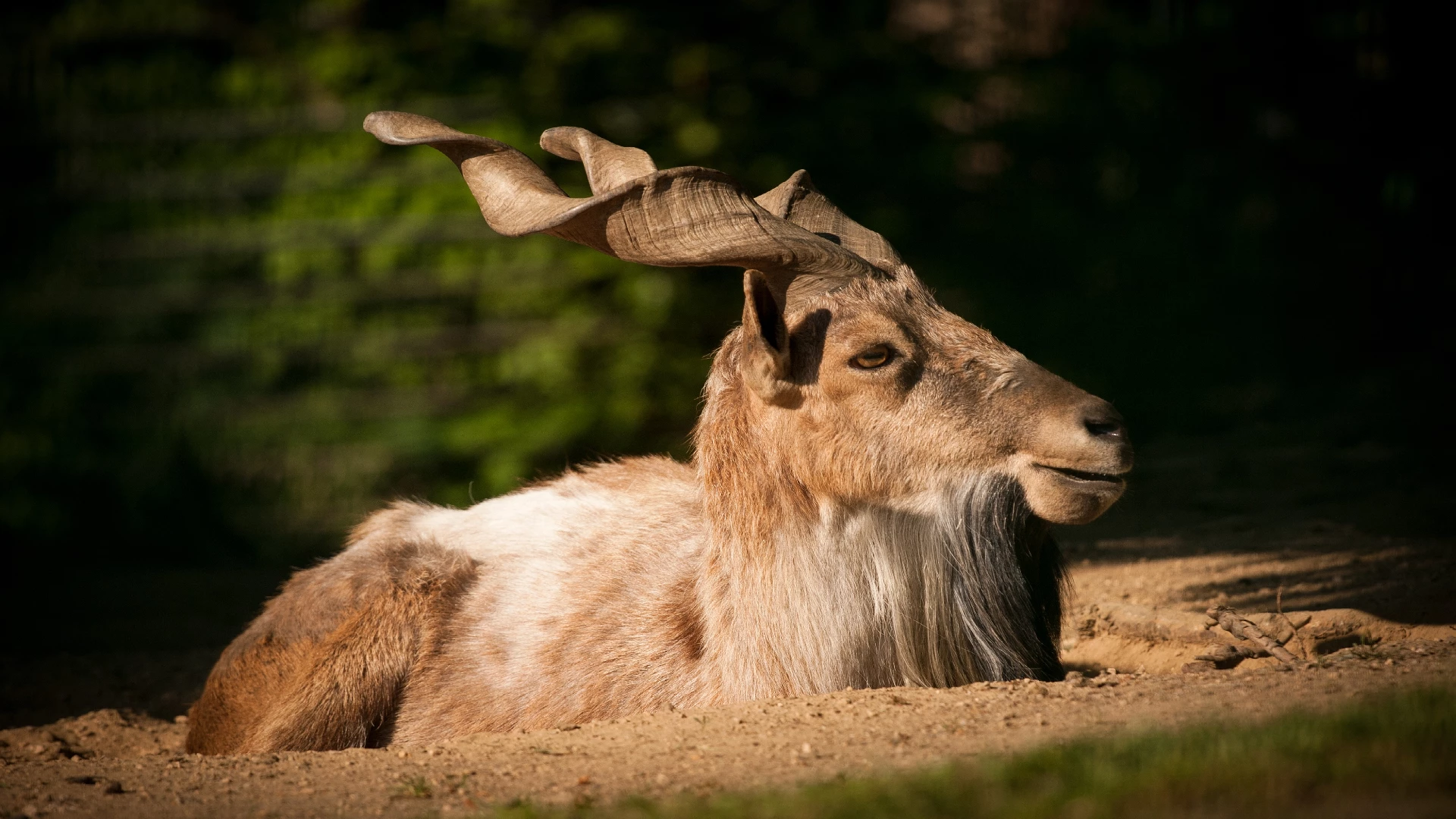 The most striking feature of the Markhor is its spiraling horns, which captivate observers and play a crucial role in their survival. Both males and females boast these horns, although the males’ are significantly larger, used for dominance displays and combat during mating season. Their thick, shaggy coat aids in insulating against cold weather and protects from potential predators.
The most striking feature of the Markhor is its spiraling horns, which captivate observers and play a crucial role in their survival. Both males and females boast these horns, although the males’ are significantly larger, used for dominance displays and combat during mating season. Their thick, shaggy coat aids in insulating against cold weather and protects from potential predators.
4. Conservation Efforts and Challenges
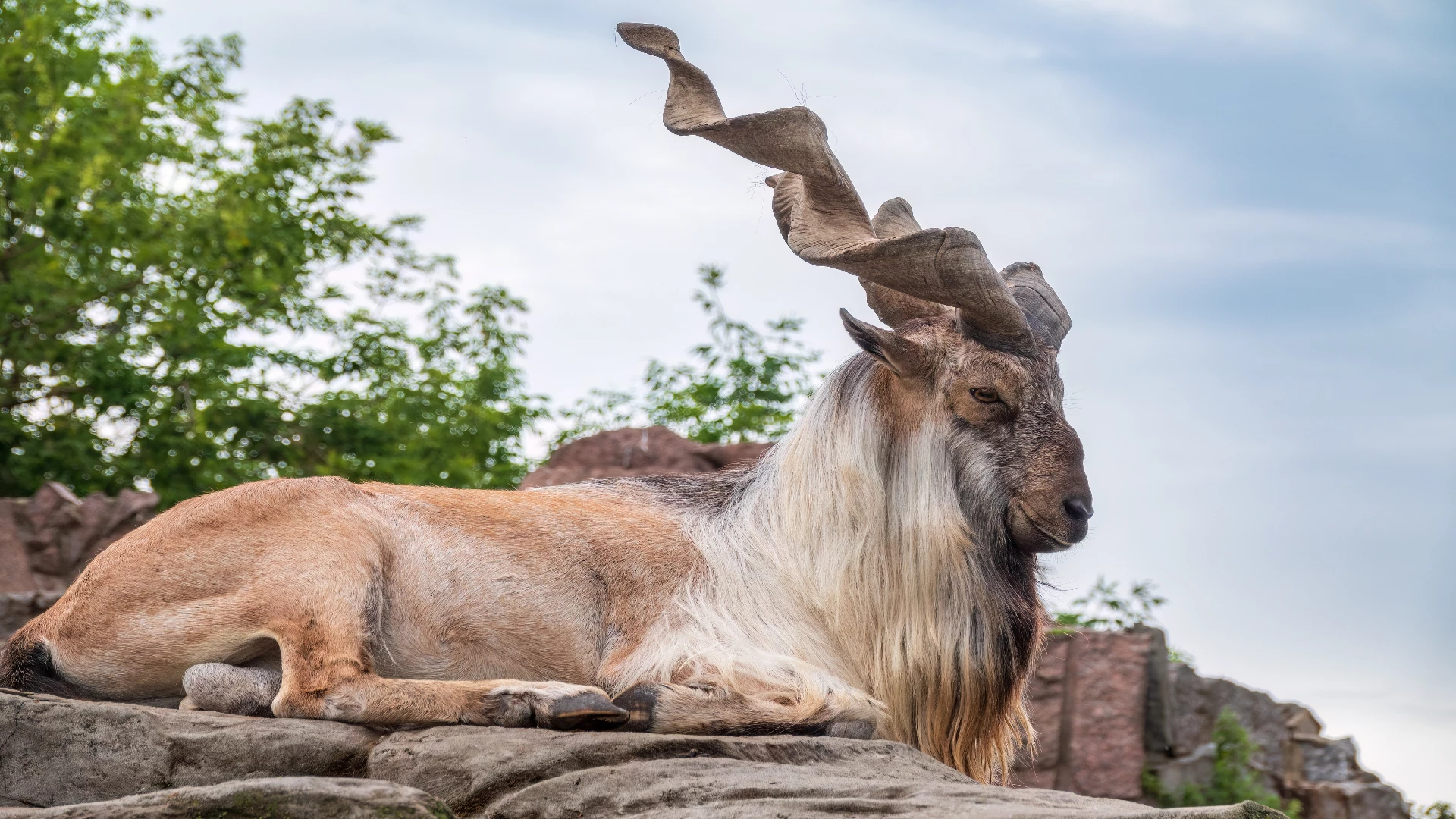 Despite their cultural and ecological significance, Markhors face threats from habitat loss, illegal hunting, and competition for resources. Organizations and government initiatives have been pivotal in preserving these species, implementing measures to protect their habitats and reduce human-animal conflict. Encouragingly, these efforts have shown a slow but steady rise in their population.
Despite their cultural and ecological significance, Markhors face threats from habitat loss, illegal hunting, and competition for resources. Organizations and government initiatives have been pivotal in preserving these species, implementing measures to protect their habitats and reduce human-animal conflict. Encouragingly, these efforts have shown a slow but steady rise in their population.
5. Cultural Significance
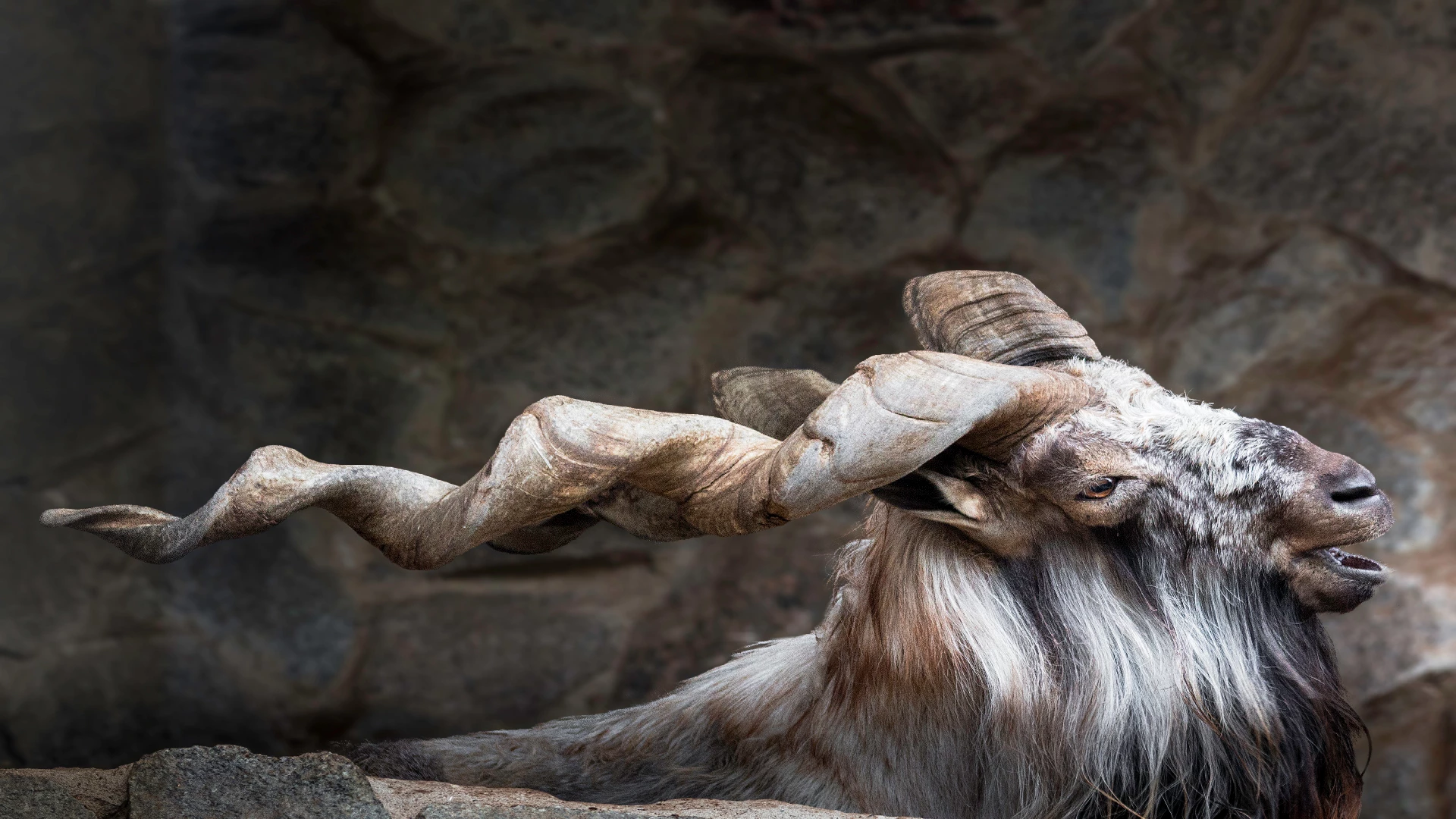 The Markhor holds a revered place in Pakistani culture, symbolizing strength, resilience, and national pride. Its image is engraved on Pakistani currency and other emblems, representing the nation’s rich biodiversity and commitment to wildlife conservation.
The Markhor holds a revered place in Pakistani culture, symbolizing strength, resilience, and national pride. Its image is engraved on Pakistani currency and other emblems, representing the nation’s rich biodiversity and commitment to wildlife conservation.
6. Ecological Importance
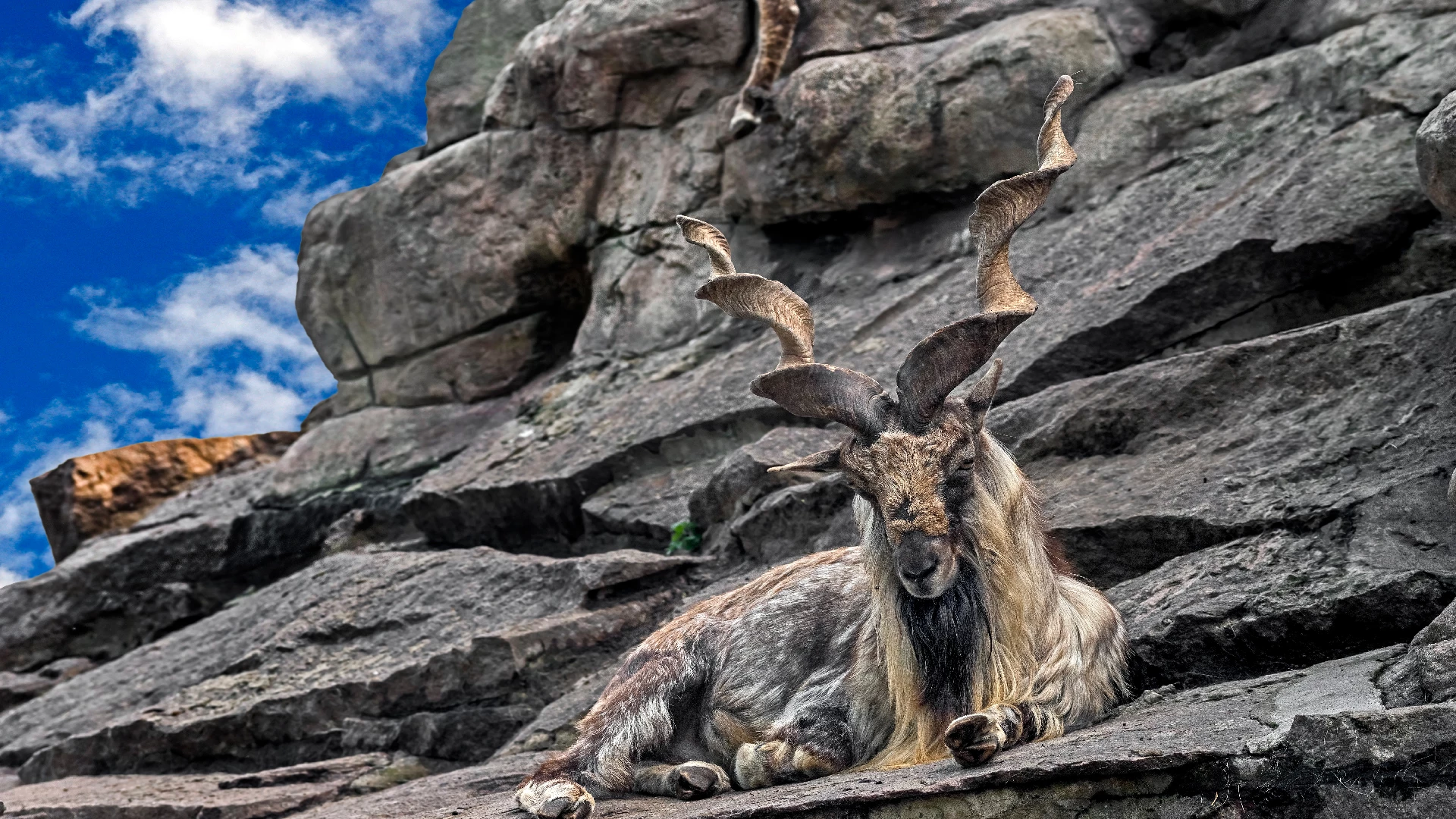 Beyond their cultural symbolism, Markhors play a critical role in maintaining the ecological balance of their habitats. As browsers, they assist in controlling vegetation growth, which in turn affects the entire ecosystem, influencing plant diversity and soil composition.
Beyond their cultural symbolism, Markhors play a critical role in maintaining the ecological balance of their habitats. As browsers, they assist in controlling vegetation growth, which in turn affects the entire ecosystem, influencing plant diversity and soil composition.
Transitioning through the diverse facets of the Markhor, it’s clear that this magnificent creature is not only a marvel to behold but also holds substantial ecological and cultural importance.
As we delve deeper into understanding the intricacies of this species, it becomes evident that its survival is not just a matter of preserving a single species but an entire ecosystem. Ensuring the Markhor’s continuity necessitates a holistic approach, one that encompasses conservation, sustainable development, and community involvement.
Despite the challenges faced by the Markhor, there’s a glimmer of hope. Conservation efforts, combined with public awareness and community engagement, are gradually steering the fate of these majestic creatures towards a more promising direction.
With these collective efforts and a continued dedication to preserving the natural heritage, we can secure the Markhor’s place in the wild for generations to come.
In conclusion, the Markhor stands not just as an emblem of Pakistan’s natural heritage but as a testament to the resilience of wildlife in the face of adversity.
Their preservation serves as a reminder of the interconnectedness of all living beings and the responsibility we hold in ensuring a harmonious existence.
Let us continue to admire, learn, and actively contribute to the conservation of this awe-inspiring symbol of strength and endurance—the magnificent Markhor.
Explore the Caprine World – Open a ‘Goat-tastic’ New Tab!
views
Imagine a vast, grassy plain stretching endlessly towards the horizon, dotted with acacia trees like scattered umbrellas. The air vibrates with the calls of unseen birds, and a gentle breeze carries the scent of sun…
As winter blankets the world in a pristine layer of snow, an enchanting scene unfolds – white horses gracefully navigating the winter wonderland. These magnificent creatures, with their ivory coats contrasting against…
Have you ever heard of the numbat? This charming marsupial, native to Western Australia, might not be as famous as kangaroos or koalas, but its unique characteristics and habits make it a fascinating creature worth…





